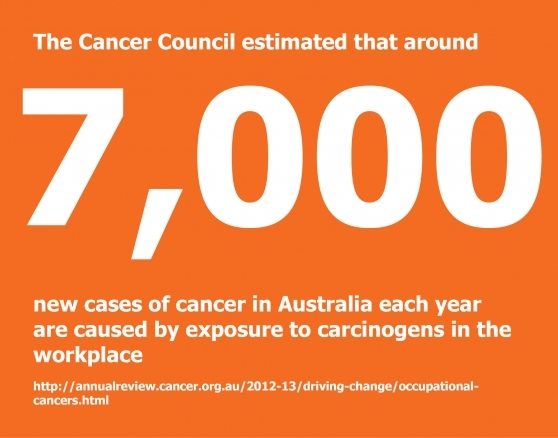What does the successful Thai cave rescue mission teach us about leadership? Plenty. It’s a gripping story of how a desperate team pursued outcomes against a rapidly ticking clock and overcame insurmountable odds to achieve their goal.
The world held its collective breath during July. After being trapped underground for 9 days, 12 young members of the Wild Boars soccer team and their coach were found kilometers into the flooded Tham Luang caves. Rising monsoon water levels, toxic gases, darkness and the complex cave system made this a high risk rescue operation even for experienced cave rescue divers, let alone children with no dive experience.
Frantic Thai authorities showed us all the value of leadership by establishing clear, shared priorities, asking for help, engaging the right team needed for the job, and then planning and meticulously executing their strategy for success.
Lesson 1: Set clear priorities and make sure the whole team shares them.
In seeking to safely rescue the boys, the Thai authorities set clear and consistent priorities from the start. These were shared priorities, leading to a cohesive, well-bonded 1,000-member strong rescue team.
Lesson 2: Identify Risks Early
Tragically, a former Navy Seal Diver, Saman Kunan, lost consciousness and died while delivering oxygen tanks. This underscored the danger of the mission. No matter the experience, leaders need to look out for everyone in the team – including each other.
Lesson 3: Ask for help to get the skills you need.
Early on, Thai authorities reached out internationally for experienced disaster experts and cave divers and were rewarded with the world’s best from 13 countries – including UK dive buddies Rick Stanton and John Volanthen, who discovered the boys and would lead the subsequent rescue operations.
Lesson 4: Assess your options, choose the best, but be ready to pivot if circumstances change.
The Thai authorities started with three options, including the drilling of a shaft through the mountain or waiting out monsoon season. Both were safer options. The final option, to swim the boys out, was the most risky of all. But after the oxygen in the cave system started to thin to dangerous levels, the most high-risk option was quickly identified as the only option left.
Lesson 5: Undertake meticulous planning. Test your plan, refine and execute.
The actual rescue operation was carried out over three days, but only after the team had practised and refined their plan in a pool. Following the successful rescue of four boys on day one, the plan was reviewed and refined further to gain greater efficiencies. Subsequent successful rescue efforts became more streamlined and took less time to achieve.
The successful rescue of the Wild Boar soccer team will be remembered as an extraordinary achievement and it shows us how planning and prioritising, communication, and leading cohesive teams offers a pathway to successful outcomes, even against the odds.
Want to elevate your leadership capacity?
Safety Dimensions offers accredited and non-accredited leadership training for emerging leaders. Through our training, you'll learn how to effectively communicate, set clear priorities, build team cohesiveness and implement operational plans and continuous improvement.
Want this program customised for your workplace and industry?
Call 03 9510 0477 or email [email protected]
More from our blog
Dealing With Stress Programs
Dealing With Stress Programs Stress comes in many forms, sometimes positive and useful for peak performance and sometimes counterproductive when built up over a period of time. Stress shows up as higher absenteeism, higher workcover claims, poor performance, bullying...
Cancers from workplace exposure
The Cancer Council estimated that around 7,000 new cases of cancer in Australia each year are caused by exposure to carcinogens in the workplace. The report estimates that as many as 1.5 million Australian workers, engaged in 51 different industries, may be exposed to...
Staying Cool Under Extreme Heat
As summer temperatures soar around the country, Worksafe Victoria shares some advice about how to prevent heat illness from working outdoors in hot weather or where heat is generated as part of work. With temperatures predicted to reach above 40 degrees Celsius across...



